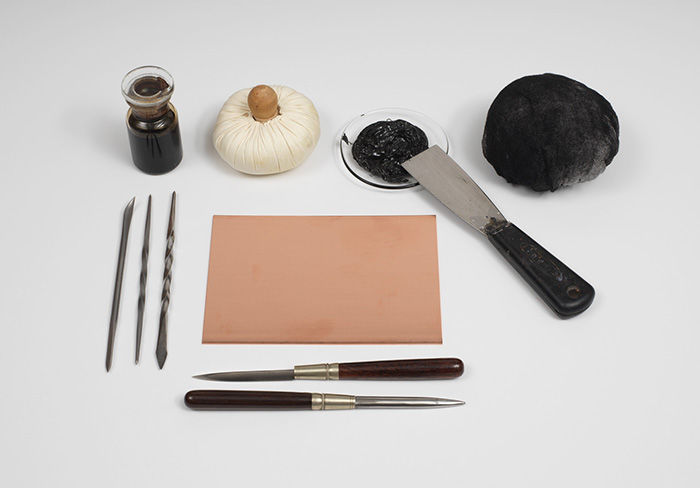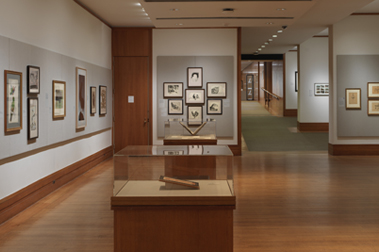Sarah complaining about Hagar (Sarah se plaignant à Abraham des mepris d'Agar)
Etienne Delaune French
Closely related to Bernard Salomon French
Not on view
Etching with a Biblical scene of the Genesis, illustrating Sarah complaining to Abraham about Hagar, her Egyptian slave, after her to Abraham to be his wife and bear his child. When Hagar learns she is pregnant, she despises Sarah, who then complains to Abraham. He tells her to do with her slave what she thinks is best, and Sarah, as a result, mistreats Hagar, who flees from Sarah. While running away from her mistress, Hagar sees the Angel of the Lord, who consoles her and tells her to return to Sarah and give birth to the child, who she shall name Ishmael. The picture is made up of three episodes of this story: on the left, Sarah cries complaining to Abraham, in front of a house; to their left is a group of goats , eating from the ground. Behind them, in the background, is a smaller illustration where Sarah mistreats a pregnant Hagar. Further behind is an even smaller rendering of Hagar, crying on the ground under a tree, and the Angel of the Lord consoling her.
The scene is part of a set of 36 prints illustrating the history of the Genesis, all with an inscription in Latin under the picture, summarizing the passage of the Bible that is subject of the picture. Although the label claims it to be inspired on Genesis 15, the passage is actually from the 16th chapter, verses 7-12. The succession of episodes in this set is somewhat chaotic, as only three plates illustrate the history of Creation, while six are consecrated to the history of Adam and Eve, and with striking breaks in the narration. The existence of more complete sets of drawings by Delaune on the same subject suggest that he might have intended more plates to illustrate the history of the Genesis in a more thorough manner, although the prints are yet to be found. Many of these prints represent, simultaneously, two or more episodes separated in time, following the 16th century tradition, inherited from the Middle Ages. Most of them are also inspired on the engravings by Bernard Salomon, created to illustrate the "Quadrins historiques de la Bible" (Historical Biblical Scenes) by Claude Paradin, first published in Lyon in 1553.

